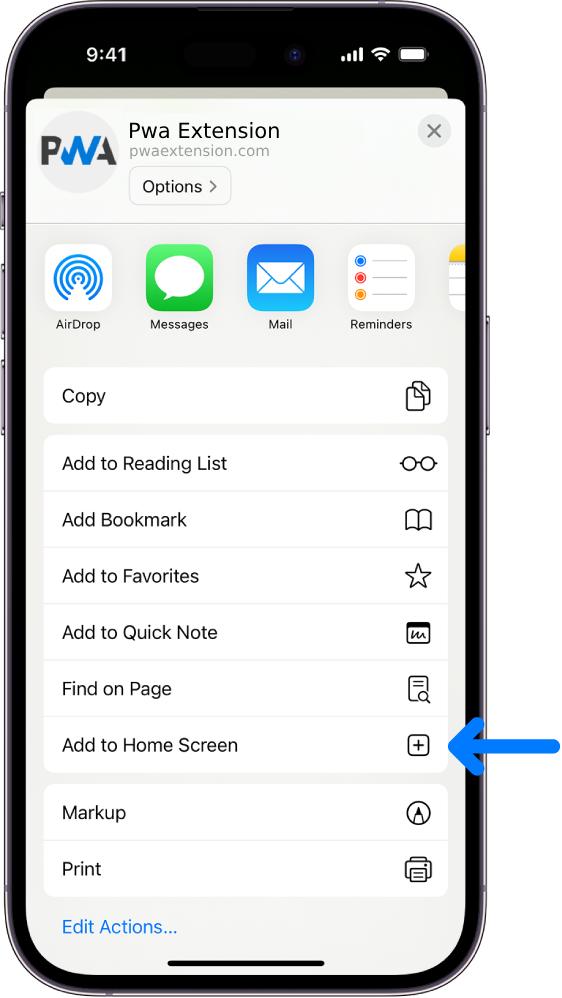Day 11: Sunday 23rd August
We’re all geared up and on the road by 08.30 and reach the Russian border thirty minutes later. First we have to exit Finland and we assume this will be no more difficult than entering it. We approach an open barrier surrounded by stop signs and next to a large mirror-glazed building. There are no instructions nor any sign of officials or guards so after hesitating for a minute or so we do what we have done right across Europe – drive through. Whoops! As we pass the end of the building a Finnish officer comes racing out alongside, shouting at us and smacking his hands together -STOP! I have to chuckle at this display of feigned anger. It turns out they want us to go into the building and present passports, etc. Why not put a sign up to say so? The guy on the desk is stern but friendly but when I explain that we have travelled all the way from Calais without showing our passports anywhere he immediately says ‘This is the Finnish-Russian border’ as if no other explanation was needed. I begin to respond with ‘well you didn’t know we were in Finland in the first place so what difference does it make if you don’t know we’ve left it?’ but his frown tells me to stop before I get halfway! After a few minutes of the usual scanning and checking we are released to go through. As soon as we pass into Russia the road begins to deteriorate but all we pass is a lone young female Russian officer who takes one look at us and twitches her wand to send us through. Can it really be that easy? No, it can’t.
Five minutes further down the road, after strict observance of the 5 kph and STOP signs placed along the way, we get to the real border post – extensive buildings and queues of vehicles. Good job we timed it for a Sunday or the queues would probably stretch a lot further back. We pull down to the first kiosk and are directed to park up out of the through lane. This looks like they expect it to take a while.
There are a couple of short queues and with a mixture of pidgin Russian and pidgin English and the voluntary help of a Russian woman with fluent English we are able to negotiate the system. People in the queue are impressed with our ring binder full of documents. After a few words with the customs woman she gives us an import certificate for the van for two months – another stroke of luck that will pre-empt the need to find a customs office in Pete to extend what is normally a much shorter permit. She also looks at our green card and seems satisfied with it -though it does not cover Russia. I ask about this and she directs us into the building to buy ‘OSAGO’ cover.
After we’ve waited the best part of half an hour at the insurance booth, and asked several Russians if it is open, a woman turns up and we buy the insurance – but our plastic cards are refused, as are the fabled dollars, and we have to wait another fifteen minutes for another woman to attend at the nearby bureau de change -where she only accepts crisp new dollar notes. The charge is around £40 for a month for third party cover. We no longer have comprehensive.
It takes a total of four hours to do everything so it’s early afternoon when we get past it all and are on the road in Russia for the first time.
It is not long before the reality of Russian roads and Russian driving hit home. Single carriageway roads with surfaces varying from reasonable to appalling, traffic police (DPS) checkpoints every few kilometres, speed cameras, and yet, still, crazy driving. Most main roads are single carriageway with a dirt hard shoulder. About half the cars on the road are 4x4s, the other half a mix of new and ageing Ladas and various Western makes like Mercs, BMWs and Audis. There are enormous numbers of HGVs, many showing their age with dirt and rust and pumping out black smoke from the cheaper grade of diesel. Traffic is often congested and even on clear roads it moves like a convoy controlled by its slowest member. This leads to often reckless overtaking on both sides. Sometimes an HGV will move over on to the hard shoulder to let faster traffic pass. Other times, when HGVs stay on the tarmac, the 4x4s will undertake on the dirt hard shoulder sending up a plume of dust behind them. This is not at all uncommon. Occasionally we are hooted at for a minor error but in general the mood of lorry drivers seems OK and they use their indicators responsibly. There is little general sounding of horns in protest at examples of madness and cheek. When fast cars and 4x4s overtake in stupid places, e.g. on a blind bend, and then try to pull in as traffic comes the other way, the drivers in the stream just accept it and make room for them – no fist-shaking, finger-wagging or hooting. I am still not sure if this is due to deference (the overtaking vehicle often being a great deal larger, faster and more expensive) or a resigned acceptance that this is the only way to make decent progress through the congestion and you would do the same yourself if you had a faster vehicle.
Whatever the reasons, you have to keep your wits about you all the time. It is impossible to relax and consequently there is a need for regular rest and recuperation.
 A more visible consequence is the frequent occurrence of RTAs. Although we were travelling long distances, and might expect to see more accidents as a result, it was surprising that we were coming across at least one RTA each day and usually very soon after they had occurred. Signs of earlier accidents seem to be cleared away very quickly as all the ones we saw had occurred within the previous hour or so.
A more visible consequence is the frequent occurrence of RTAs. Although we were travelling long distances, and might expect to see more accidents as a result, it was surprising that we were coming across at least one RTA each day and usually very soon after they had occurred. Signs of earlier accidents seem to be cleared away very quickly as all the ones we saw had occurred within the previous hour or so.
Additionally, owing to the poor roads or possibly a lack of proper maintenance, there are enormous numbers of breakdowns. These often involve punctures, fallen suspensions or even, in several cases, wheels having parted company with vehicles. We would see literally dozens of such breakdowns on each day we drove any sort of distance. One of these was a bus losing a wheel and another involved a truck losing the whole of the rear wheel set from its large trailer which then ended up in the roadside ditch!
The breakdowns are a source of a significant sector of economic activity with repair shops in every town and village – paradoxically alongside a huge number of carwashes. ‘My car may be a wreck but it will be a clean wreck’ seems to be the motto.
It was quite common to see a driver with his bonnet up (very few women drivers) staring at the engine. On one occasion the driver was accompanied by a bride in full white wedding dress also staring into the entrails of the car … hope they made it in time!

 (share) button at the bottom of your screen,
(share) button at the bottom of your screen, ( Add to Home screen ).
( Add to Home screen ).